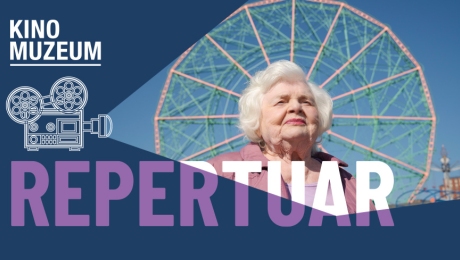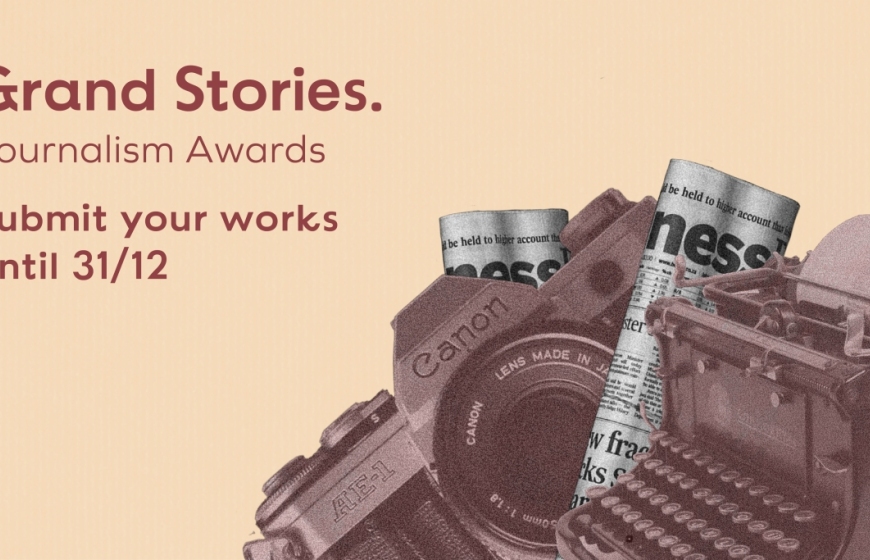Jerzy Giedroyc Award for the Museum’s book A War after the War
The book A War after the War. The anti-Soviet Underground in East Central Europe in 1944–53 written by Grzegorz Motyka, Rafał Wnuk, Tomasz Stryjek and Adam F. Baran, published by the Museum of the Second World War, received the Jerzy Giedroyc Award. The Award, established by the Senate of Maria Curie Skłodowska University has been awarded since 2001 for the creative continuation of Jerzy Giedroyc’s legacy in the field of science.
A Gala Awards Ceremony was held on 23 October 2014 during the formal inauguration of the academic year at Maria Curie Skłodowska University in Lublin. In his justification of the nomination, Prof. Jerzy Kłoczowski, a member of the Competition Jury wrote:
In contemporary Polish historiography, there are many works devoted to the theme of the anti-Soviet underground during the Second World War. However, they usually present two syndromes: they focus only on the Polish case, depicting “Polishness” in conflict with different neighbours or aggressors, or they show authors’ apologetic attitude to “cursed soldiers” which excludes the presentation of brutal underground reality. After all, a prolonged guerrilla war or some kind of an extended civil war, especially when it occurred six years after the Great War, were circumstances that undoubtedly exerted a negative influence on two sides of the conflict.
In comparison with the current historiography on the subject, the work in question presents not only an inventive perspective but also an inventive methodology and it is devoid of the above-mentioned afflictions. It is indeed a pioneering comparative approach to the history of the underground in the East Central Europe. It is worth mentioning that in the notion of “East Central Europe” the authors include Poland, Estonia, Latvia, Lithuania, Ukraine, and Belarus. All texts are based on insightful archival research and in most cases they include extensive and revealing (not only for the Polish audience) informative and interpretative material.
Taking into consideration several aspects of the problem is the additional merit of the monograph: on the one hand, it is a synthetic and comparative presentation of the underground history and on the other hand, a comparative presentation of fighting against the underground. Moreover, in the work there is an interesting and important chapter devoted to the underground youth movement presented in a comparative perspective. The final comprehensive chapter about remembrance of the underground, its representation in historiography and its use in political conflicts after the dissolution of the USSR is perhaps the most important chapter in this work. A comprehensive analysis of situation in the former Soviet republics is of great importance for the Polish audience and it facilitates the understanding of our own Polish case. In comparison with many Polish publications on the latest history, the work in question has several unique advantages: a comparative study, a theoretical dimension, a wide range of problems, and objectivity.
You can read more about A War after the War and other works published by the Museum of the Second World War onhttp://www.muzeum1939.pl/en/education/publications/our_publications















